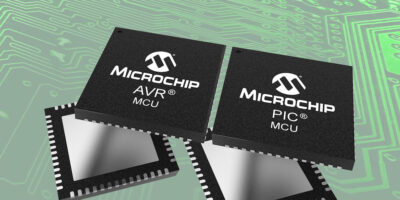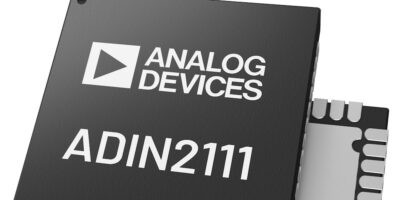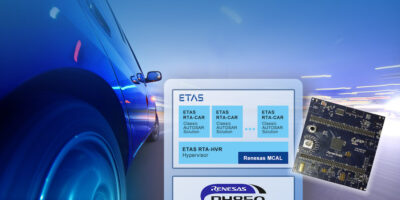Recognising the increasing market for 8bit microcontrollers, Microchip has added five families to its 8bit PCI and AVR families. In total there are over 60 new devices.
PIC and AVR microcontrollers combine processing power with the ability to easily communicate with other chips and a range of analogue peripherals for configurability without changes to the PCB, said Microchip. They combine ASIC-like capabilities with a simple development experience and can be configured as smart peripheral chips, continued the company.
For example, the MVIO peripheral, including the AVR DD family can be used in systems which use different supply voltages, for example connecting a 5V microcontroller to a 1.8V sensor. The MVIO peripheral on Microchip’s latest 8bit microcontrollers, including the AVR DD family, allows a single port on the microcontroller to operate in a different voltage domain, which eliminates the need for additional external components and negates the need for level-shifting hardware, said Microchip.
For systems which do require a level of speed and response time that is difficult to achieve with software-based processing, Core Independent Peripherals (CIPs) are available across the PIC and AVR product ranges. CPIs can be programmed with MPLAB Code Configurator (MCC) to form a hardware processing chain and create custom peripherals that eliminate software processing cycle times, explained Microchip. For example, a WS2812 LED array, which requires timing to be driven correctly, can be controlled by configuring a super peripheral (consisting of a pulse-width modulator (PWM), a serial peripheral interface (SPI) and the configurable logic cell.
Microchip’s 8bit microcontroller portfolio is pin-to-pin compatible, which allows an alternative PIC or AVR device to be used when more performance is needed or when a customer wants to maximise product availability while minimising redesign requirements.
Microchip offers an ecosystem of hardware and software tools, including its MPLAB X and MPLAB Xpress integrated development environments (IDEs). The portfolio also includes the MPLAB Code Configurator (MCC), which offers an intuitive graphical interface to generate production-ready set up and application code for 8bit microcontroller-based projects.
The latest AVR and PIC 8bit microcontrollers are currently sampling.







